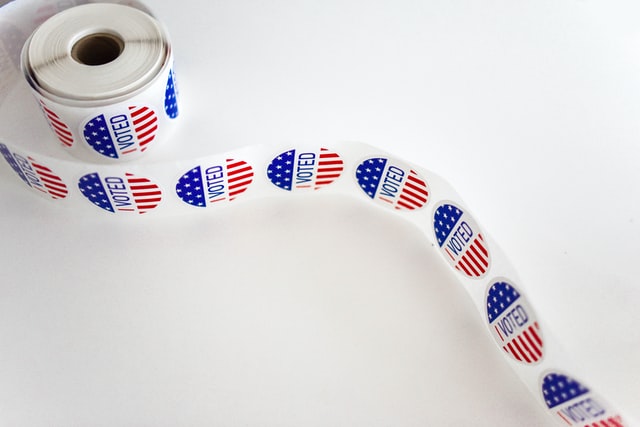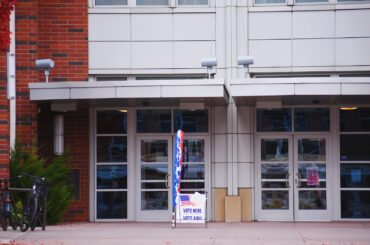A recently introduced congressional district map proposes the kinds of changes that are likely to make Nevada’s battleground districts Democratic-leaning to a greater extent in the next ten years. Legislative leaders plan on introducing the map in a special legislative session in Nevada. The map not only separates parts of Nevada’s Democratic district but also adds Democratic constituents to the aforementioned blue-leaning districts.
The proposal is likely to help with the Democratic Party’s effort to do the following.
- Defend the party’s majority of nine seats in the House of Representatives
- Reduce the campaign funding that US parties have earlier channeled to the Las Vegas area’s politically competitive districts
The proposal would expand the rectangular first Congressional District of southward Nevada, a Democratic-leaning urban Las Vegas swath. For your information, in 2020, Republican Alice Costandina Titus won the swath. In exchange for the expansion, it would include some of its old area in Nevada’s competitive third and fourth districts.
GOP members and Democrats have lost and won those seats in the last decade, which has occasionally seen some of America’s most competitive and expensive electoral contests. Representatives Susie Lee and Steven Horsford are part of the House Democrats whom the National Republican Congressional Committee (NRCC) plans on targeting next year.
The proposal also swaps portions of Las Vegas situated in the First Congressional District with Boulder and Henderson in Lee’s district. Horsford’s area would go further towards the heart of the Las Vegas region in return for Arizona line areas.
Democrats have an advantage of 7.8 percentage points in the Fourth Congressional District and that of 1.9 percentage points in the Third Congressional District of Nevada. There are numerous voters in the battleground districts who are registered in the form of non-partisan constituents.
The proposal requires the approval of not just the Democratic Party-controlled Legislature but also Nevada’s Governor Steve Sisolak. It expands the advantage of Democrats over GOP members to 13.4 percentage points and 8.2 points in the Fourth Congressional District and the Third Congressional District, respectively.
Democratic leaders from the Nevada State Assembly and Senate submitted the maps to the website of the Legislature. The submission indicated that the state might not face the type of conflict between those two chambers of the Nevada State Legislature that has affected other statehouses in the redistricting period.
The proposed maps from Senator Nicole Cannizzaro and Assemblyman Jason Frierson not only kept ethical communities, radical communities and cities together but also considered how Nevada has grown quickly. According to them, the maps not only reflect the growing ethnic and racial diversity of Nevada but also strive to expand and protect Hispanic and Black Nevadans’ voting power.


